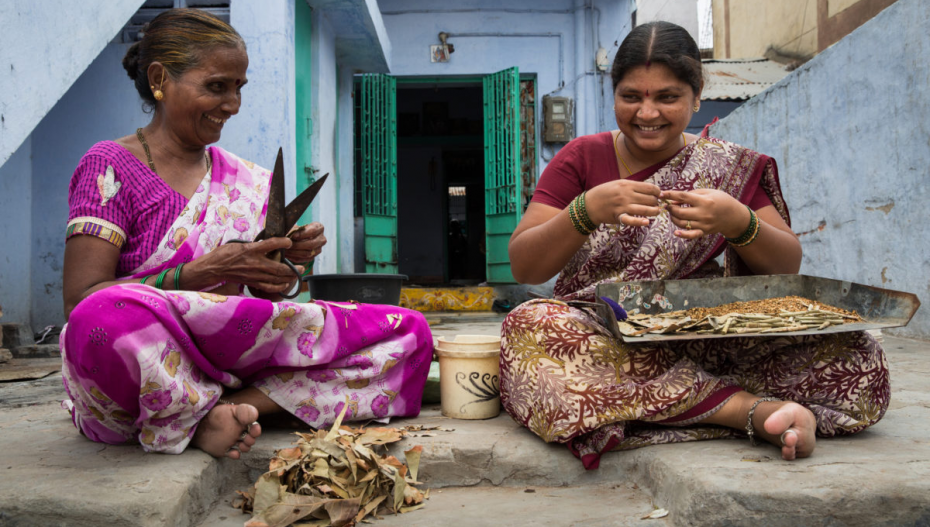On June 24, the Union Labour and Employment Ministry told the parliamentary standing committee on labour that it did not have any data on female labour force participation in the country. “We are waiting for the data. The ministry said it would need 10 days to compile this,” Lok Sabha member from Odisha Bhartuhari Mahtab, who led the parliamentary panel on the subject, told VoI over phone.
This was exactly two days after a Ministerial Address on Declaration and Employment Working Group Priorities at G20 Labour and Employment Ministers’ Meeting where Ex. Union Labour and Employment Minister Santosh Gangwar had assured that India was making collective efforts to reduce the gender gap in labour force participation.
Statistics gives a different picture. In a space of one year, India has fallen 28 ranks on the Global Gender Gap Index to acquire the dubious distinction of being the 5th worst performer at 151 out of 156 on the Economic Participation and Opportunity sub-index. The GGGI attributes this to its very low female labour force participation.
Even before the Covid-19 pandemic struck, only one in five women in India was working. Nearly 79 percent of Indian women were not pursuing paid work. Despite improvements in female literacy and fall in fertility rates, India has one of the worst female labour force participation rates in the world (LFPR).
In the past two decades, despite growth and increasing gender parity in indices like higher education by women and falling fertility rates, India’s LFPR for women has been falling – the pandemic only worsened this.
During the first Covid-19 wave last year, the State of Working Report by the Centre for Sustainable Employment at Azim Premji University found that only 19 percent of working women remained employed during the lockdown and 47 percent suffered a permanent job loss during the lockdown. They never returned to work even by the end of 2020. In comparison, 61 percent of working men remained employed and only 7 percent lost employment and did not return to work.
The second wave had a bigger impact, with the rural female workforce being “decimated” as coronavirus reached the villages, says Mitali Nikore, a Delhi-based economist and the founder of economic thinktank Nikore Associates (NA). During the peak of the pandemic, Nikore finds that rural women accounted for nearly 80 percent of job losses in April 2021 compared to just 11 percent in April 2020. Recovery has also been largely uneven.
Among the urban poor, Nikore observes that women migrants who left in the first wave never returned to the cities as there are fewer urban jobs for migrant women. “When the first wave hit, they left as migrant families but only the men came back,” she said.
Rural women were already withdrawing from the labour force even before the coronavirus hit. A recent essay by Prof Ashwini Deshpande, who teaches economics at Ashoka University, points out that participation of urban female labour force has always been low and dipped a little in the last few years. The essay, “Paid work, unpaid work and domestic chores: Why are so many Indian women out of the labour force?”, says the fall in India’s labour force participation rate is largely driven by the fall in rural women’s participation in the workforce.
A key reason is also that women are torn between household chores and their jobs, and ironically, they tend to quit their jobs if the family income improves. India’s first Time Use Survey in 2019 found that on an average Indian women spent 10 times as much time as men on housework (234 minutes in comparison to 25 minutes). Legal and social restrictions on women’s mobility along with the high risk of sexual violence are some other factors.
(landing Image source : Paula Bronstein/Getty Images/Images of Empowerment.)












